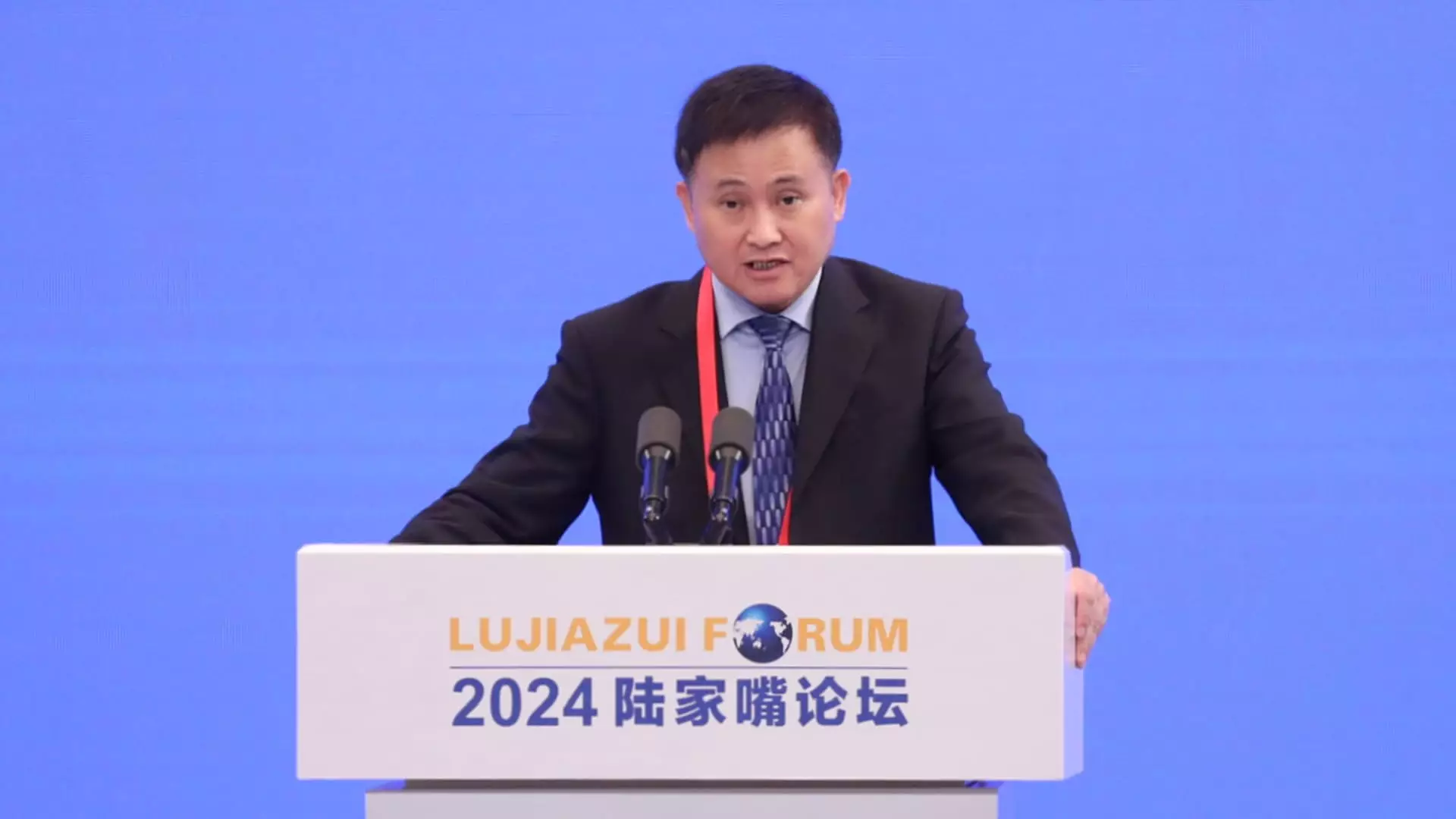In a revealing meeting on Tuesday, the head of the People’s Bank of China (PBOC), Governor Pan Gongsheng, articulated the central bank’s commitment to an accommodating monetary policy framework, as reported by state media. This approach is particularly noteworthy as China continues to grapple with economic uncertainties that require responsive and timely interventions. The insistence on maintaining a supportive monetary environment suggests that the central bank is cognizant of the short-term economic fluctuations affecting growth metrics in the country.
Central to the PBOC’s strategy is the concept of counter-cyclical monetary policy, which aims to stabilize the economy by mitigating adverse effects during downturns. Pan’s declaration to “increase the intensity” of such measures signals an aggressive stance in addressing immediate economic challenges. This language echoes previous statements, reinforcing a clear intention to proactively combat potential disruptions in economic activity. The effectiveness of these policies depends on their timely and strategic implementation, aligning with broader fiscal initiatives proposed by the government.
The meeting coincides with the gathering of the National People’s Congress Standing Committee, which is set to conclude on Friday. This influential body is pivotal in approving essential fiscal stimulus packages aimed at invigorating the economy. Finance Minister Lan Fo’an’s discussions regarding raising the local government debt ceiling are particularly significant as they seek to address underlying financial vulnerabilities linked to hidden debts. By facilitating transparency and liquidity, these initiatives can potentially bolster local economies and yield positive ripple effects throughout the broader financial landscape.
Recent maneuvers by the PBOC include the reduction of several interest rates in late September, a direct response to signs of slowing growth. This decision reflects a strategic alignment with global financial trends, particularly in light of the U.S. Federal Reserve’s transition into an easing cycle, marked by a noteworthy 50 basis-point cut. The interconnectedness of global economies implies that international monetary policies can significantly influence domestic strategies. As both the PBOC and the Fed navigate their respective paths, the outcomes will have profound implications on economic stability and growth prospects for their countries.
The PBOC’s commitment to supportive monetary policies underscores a broader strategy aimed at fostering economic resilience. By emphasizing counter-cyclical measures and collaborating with fiscal proposals, China is poised to address immediate economic challenges while laying the groundwork for sustainable growth. The upcoming approvals of fiscal stimulus measures and continued interest rate adjustments signal a robust response to prevailing uncertainties. As global economic dynamics evolve, China’s adaptive monetary strategies will be crucial in ensuring stability and promoting recovery in the months to come.


Leave a Reply